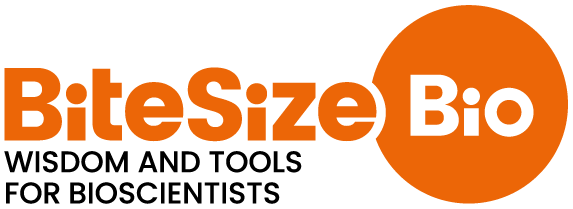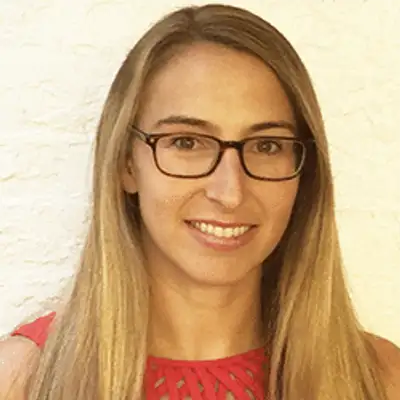How to Conduct Localized Proteomics of Micro Regions
In this tutorial, you will learn:
How to perform isolated proteomics of microscopic regions of interest
How to use this technique with FFPE tissue
How proteomics can help you understand molecular mechanisms in disease
We recently developed a technique that allows localized proteomics of microscopic regions of interest, such as specific cell types or neuropathological features of disease. This technique uses laser capture microdissection (LCM) to isolate regions/cells of interest followed by label-free quantitative mass spectrometry (LC-MS). Importantly, we optimized this technique to use formalin-fixed paraffin embedded (FFPE) tissue, so that archived human tissue specimens collected at autopsy could be used. This is a particular advantage of our methodology, as the vast majority of human tissue specimens are FFPE blocks, which are currently an underutilized, but exceptionally valuable resource for medical research. We have successfully used this technique to analyze the proteome of neuropathological features that define Alzheimer’s disease (amyloid plaques and neurofibrillary tangles), as well as specific populations of neurons that are vulnerable in AD. Going forward, the use of localized proteomics has the potential to greatly increase our understanding of the molecular mechanisms that underlie AD. More broadly, this technique could be used to analyze regions or cells of interest isolated from any FFPE tissue, and therefore could be widely used to examine disease pathogenesis across a broad spectrum of diseases.
How to perform isolated proteomics of microscopic regions of interest
How to use this technique with FFPE tissue
How proteomics can help you understand molecular mechanisms in disease
We recently developed a technique that allows localized proteomics of microscopic regions of interest, such as specific cell types or neuropathological features of disease. This technique uses laser capture microdissection (LCM) to isolate regions/cells of interest followed by label-free quantitative mass spectrometry (LC-MS). Importantly, we optimized this technique to use formalin-fixed paraffin embedded (FFPE) tissue, so that archived human tissue specimens collected at autopsy could be used. This is a particular advantage of our methodology, as the vast majority of human tissue specimens are FFPE blocks, which are currently an underutilized, but exceptionally valuable resource for medical research. We have successfully used this technique to analyze the proteome of neuropathological features that define Alzheimer’s disease (amyloid plaques and neurofibrillary tangles), as well as specific populations of neurons that are vulnerable in AD. Going forward, the use of localized proteomics has the potential to greatly increase our understanding of the molecular mechanisms that underlie AD. More broadly, this technique could be used to analyze regions or cells of interest isolated from any FFPE tissue, and therefore could be widely used to examine disease pathogenesis across a broad spectrum of diseases.
For more information visit: https://bitesizebio.com/webinar/conduct-localized-proteomics-microscopic-regions/




